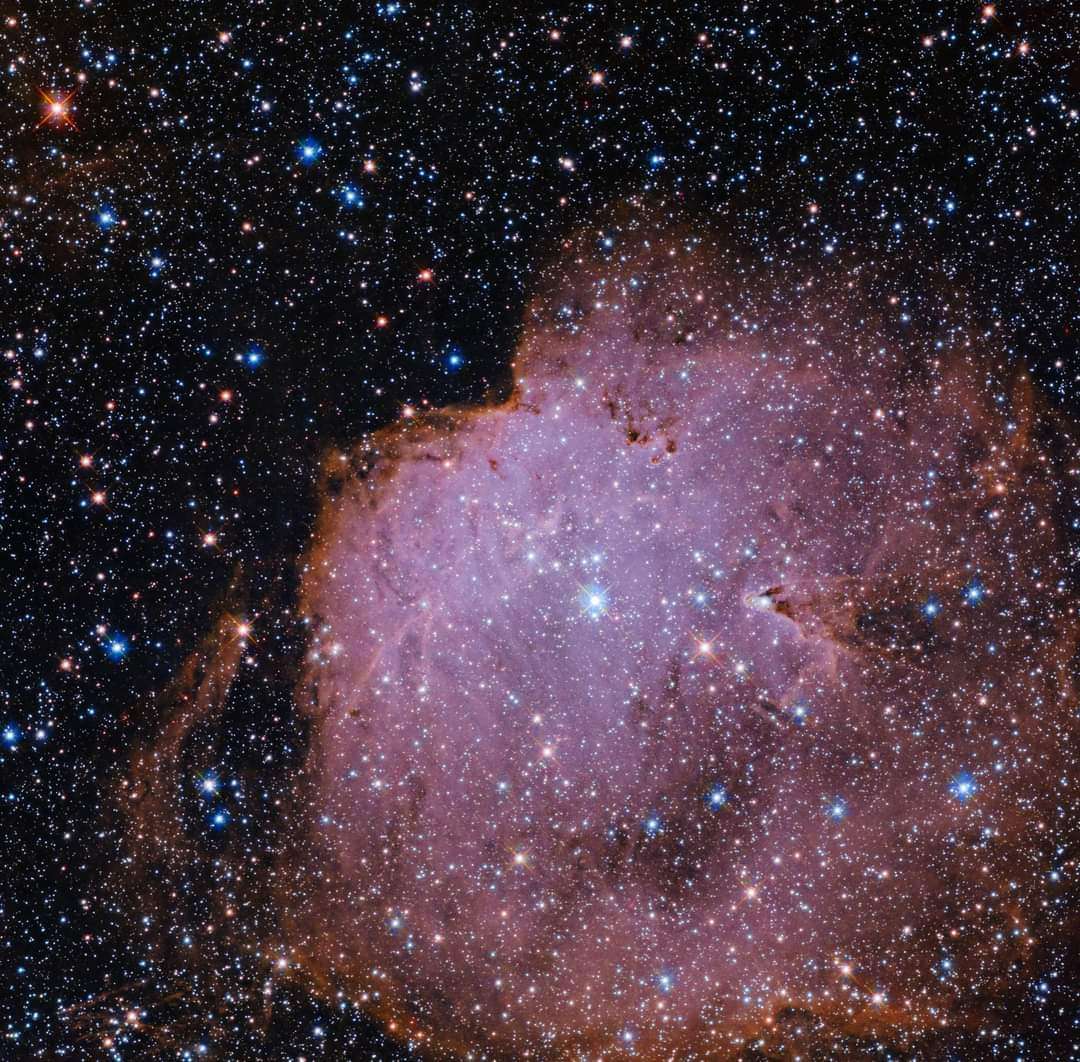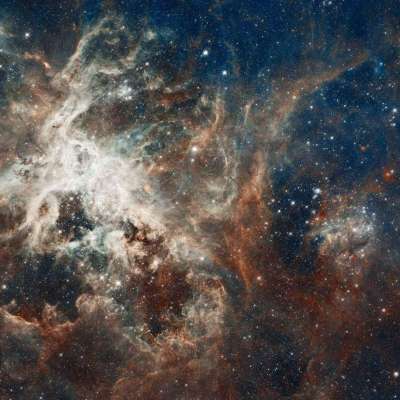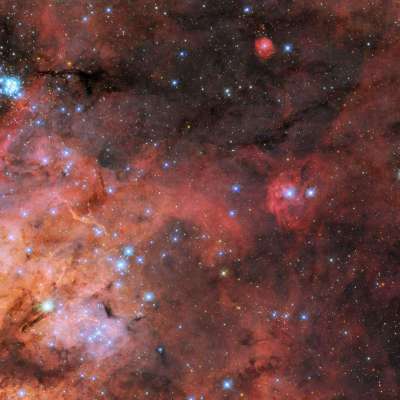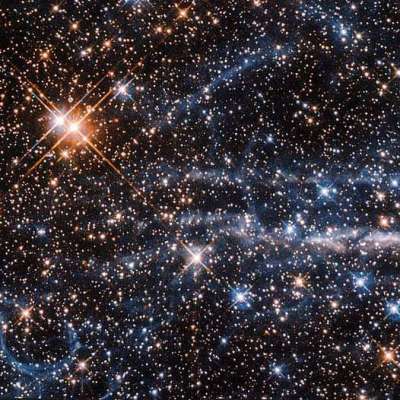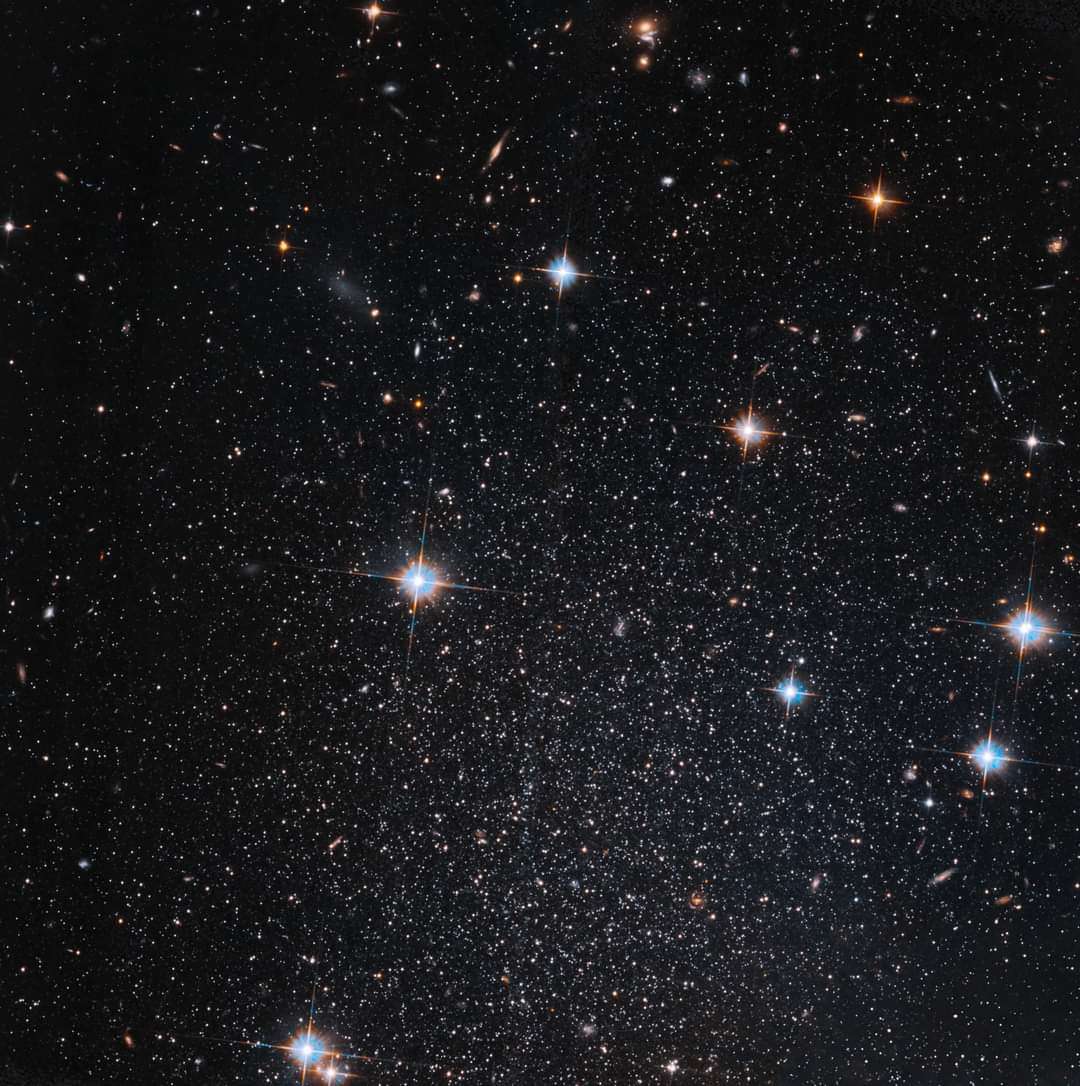📍 Andromeda Galaxy
➡️ 2.5 million light-years
🏠 Andromeda constellation
We’ve reached our final #meetyourcosmicneighbors destination: the Andromeda Galaxy! With almost the same mass as our home galaxy, Andromeda is headed for a collision with the Milky Way in 2-4 billion years. For now, we can admire its beauty from afar.
As a spiral galaxy, Andromeda’s winding arms are one of its most remarkable features. Hubble zoomed in to get a close look at its rosy tendrils, revealing swathes of ionized gas. These regions — which are common in spiral and irregular galaxies — often indicate the presence of recent star formation.
To investigate the spiral galaxy’s stellar properties, Hubble’s instruments peered through hedges of gas and observed a valuable sample of stars.
This concludes our intergalactic journey for Meet Your Cosmic Neighbors! We hope you enjoyed this series, and that you look forward to more Hubble science.
Image credits: NASA, ESA, M. Boyer (Space Telescope Science Institute), and J. Dalcanton (University of Washington); Image Processing: Gladys Kober (NASA/Catholic University of America)
#nasa #hubble #andromeda #galaxy #space #science #stars #astronomy #universe
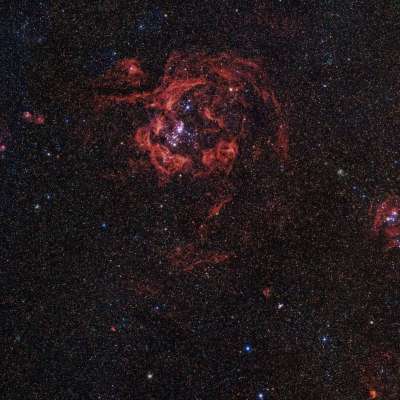
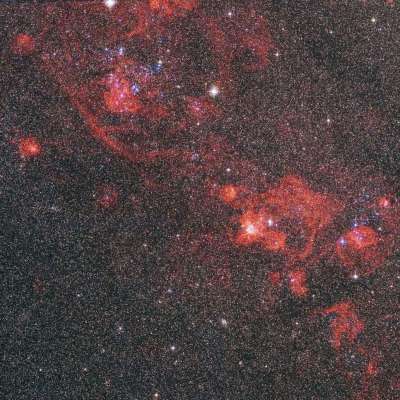
 News Feed
News Feed  Albums
Albums  Popular Posts
Popular Posts  Memories
Memories  Pokes
Pokes  Blog
Blog  Market
Market  Directory
Directory  Events
Events  Games
Games  Jobs
Jobs  Offers
Offers  Find friends
Find friends  Common Things
Common Things  Fundings
Fundings 